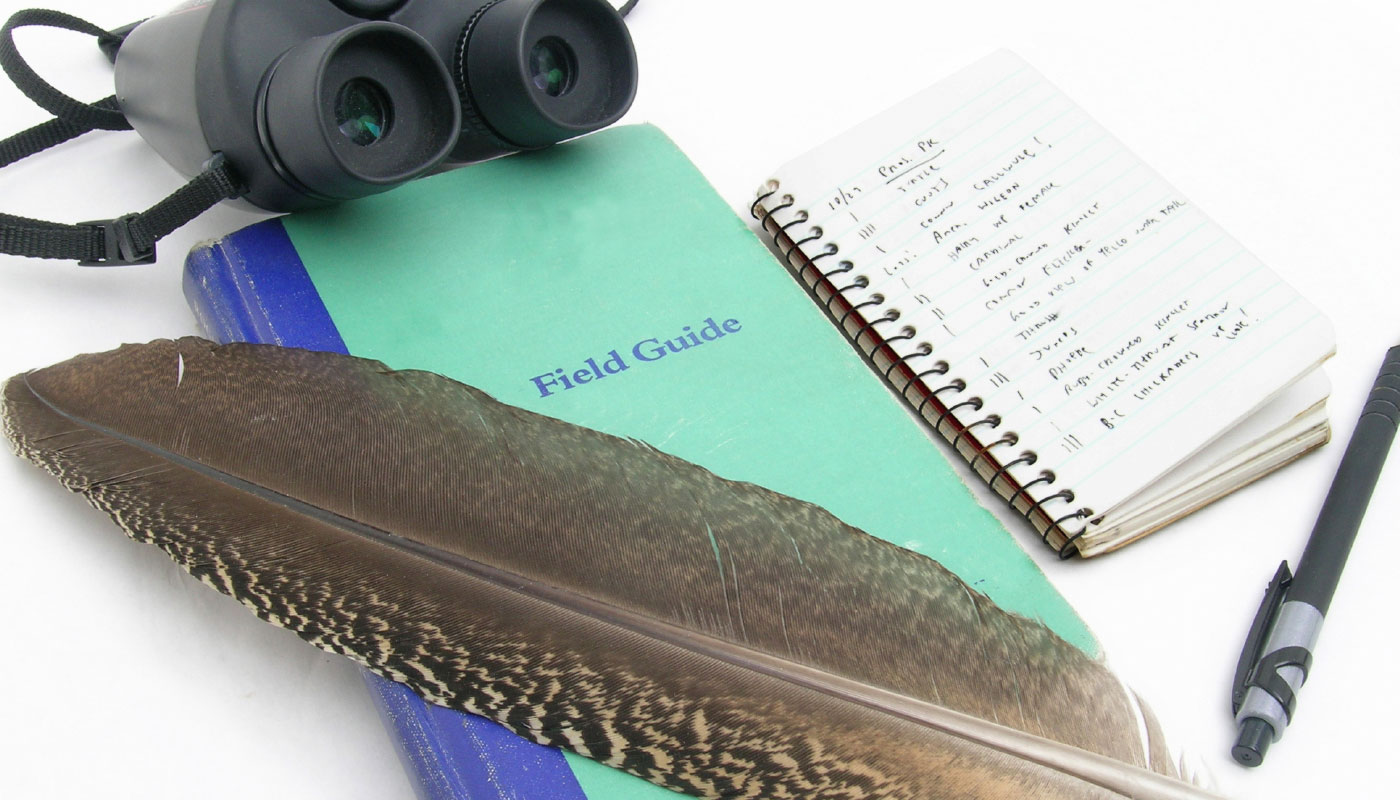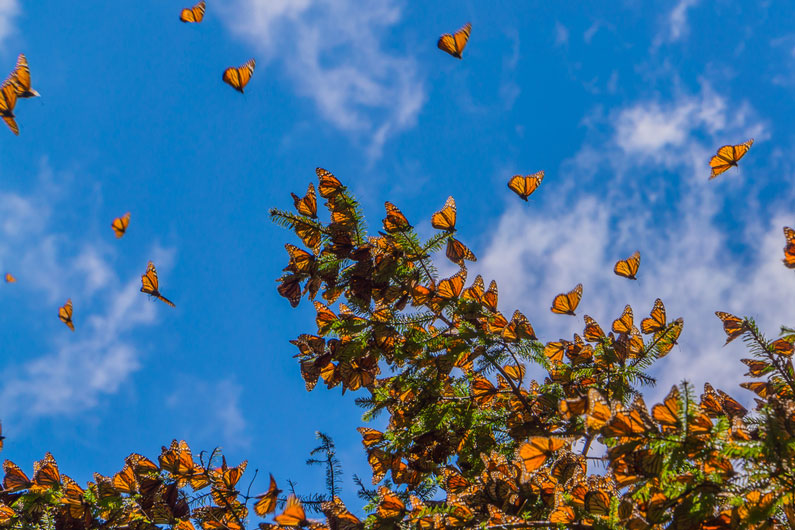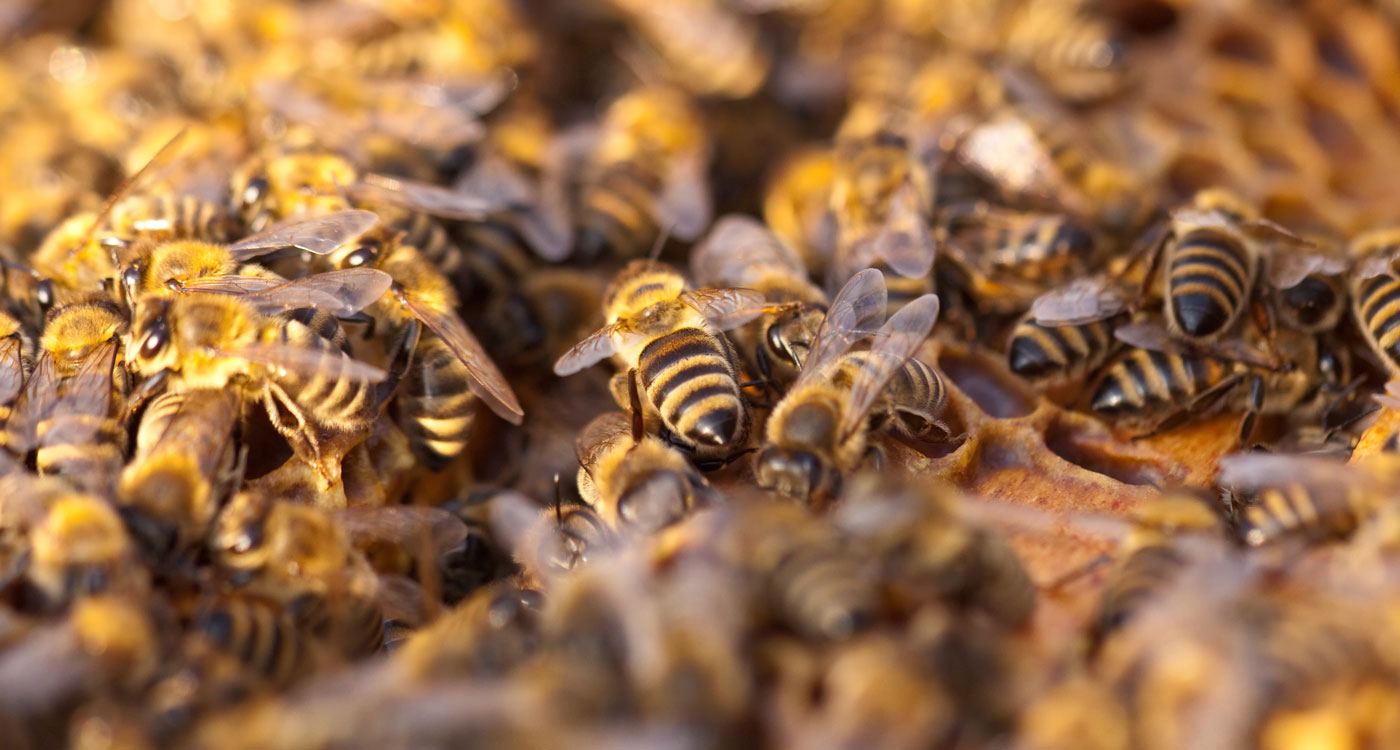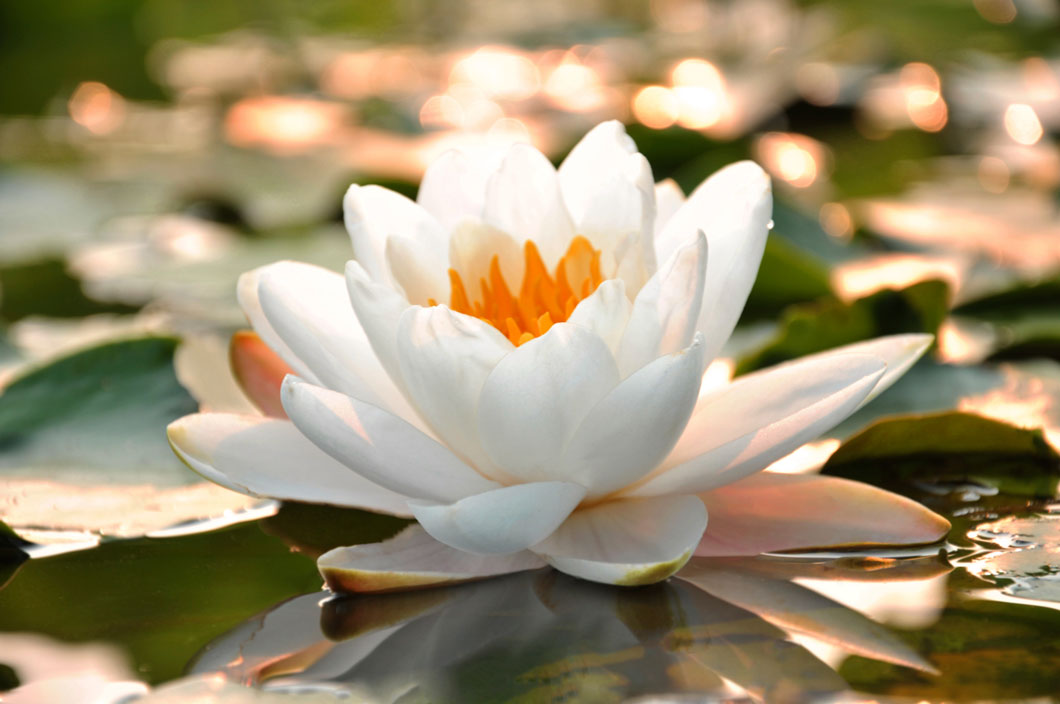Cross-Curricular Lessons for Spring
- March 13, 2023
- By KIDS DISCOVER
In 2024, the first day of Spring in the northern hemisphere lands on March 19th. This day is the vernal equinox, meaning that the day and night are approximately the same lengths. It’s also the official beginning of a new season and often invokes a feeling of a fresh start after a long winter. Here are 5 cross-curricular lesson ideas from our Units on the Flowers, Birds, Bees, plus one Video! You can share with your class to help them feel a new excitement about Life Science.
How Photosynthesis Works
Photosynthesis is the process by which plants make the food they need to live and grow. The word “photosynthesis” means “putting together with light,” a phrase that accurately describes what occurs in plants. The food-making cells in plants use light energy to combine water and carbon dioxide.
Science
After reading the Bird-Watching Topic from our Bird Unit, begin a classroom birding group. Post pictures of birds around the classroom. You might post pictures of wetland birds one week, tropical birds another week, and so on. Have students use field guides to help them identify each pictured bird. Suggest that they record each bird’s name, its size and colors, and distinctive features.
Language Arts
Have students make their own chart showing the metamorphosis from a butterfly or moth egg to an adult butterfly or moth. Students should present each stage clearly, both visually and in writing. All the charts can be displayed on a bulletin board. Our Life Cycle Topic from Butterflies & Moths may give your students a great starting point.
Music and Dance
Play a recording of “Flight of the Bumblebee” by Nikolai Rimsky-Korsakov for students. Ask them to close their eyes as they listen. Why do they think the title is such a good fit for the music? Remind students that bees use dances to direct other bees to sources of food. Encourage volunteers to choreograph a bee dance set to the “Flight of the Bumblebee.” Have them perform their dance for the class.
Art
Flowers have long been used by people for decorative purposes, and floral arranging is considered an art in many cultures. Have students learn more about ikebana. They may be interested in finding out about its history, symbolism, and modern practice. Students may report their findings in a poster or oral presentation. In How We Use Flowers to Communicate, students can also read about how flowers can also have very different meanings.
Math
In Plants In Our Daily Lives, your class read about the different functions plants can serve. Have students plan their own vegetable or flower garden. They should make scale drawings of the plan, showing where each kind of plant would be located and how many of each plant is needed. What is the total area dedicated to the different plants and why did they pick them? Students can map out their gardens on graph paper and share with the class.





